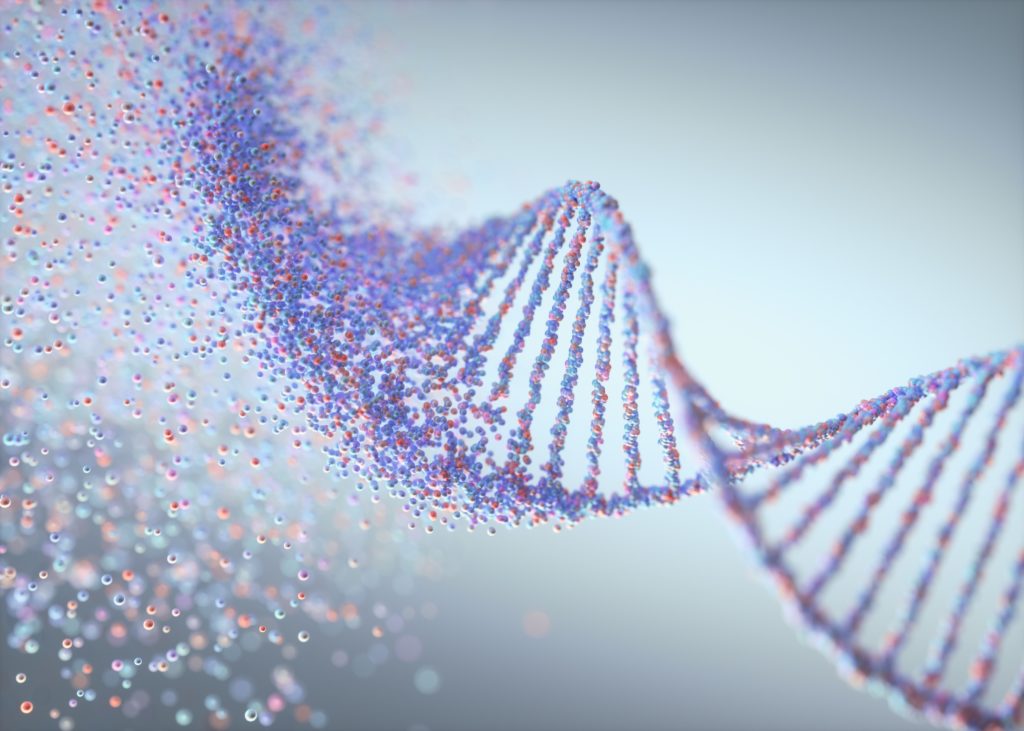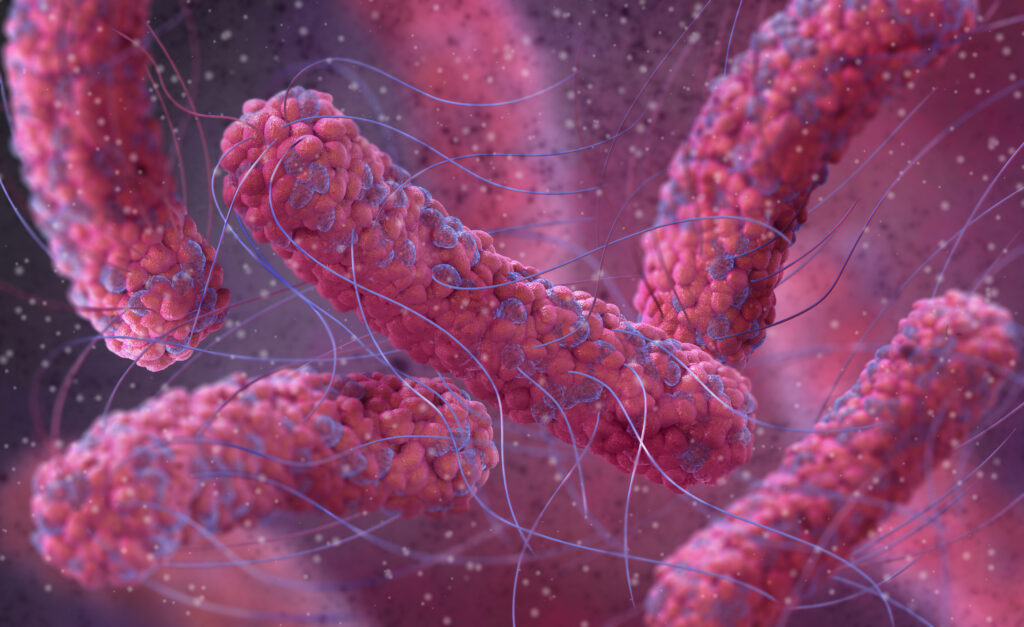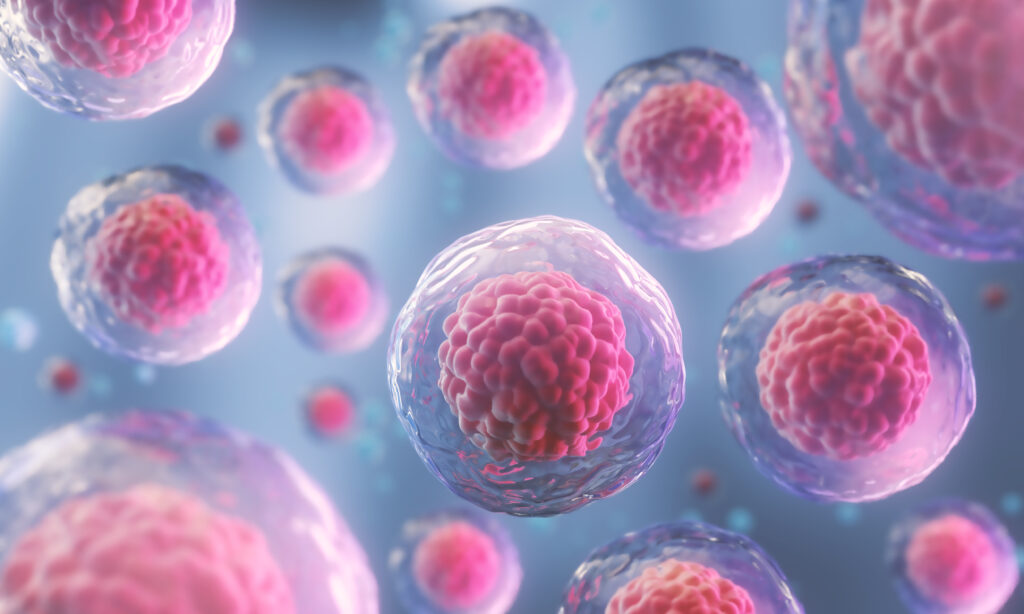
Miller vs. Luskin, Part 2
Dear Readers,At the end of his first post squabbling with Discovery Institute’s Casey Luskin, Brown University Professor Kenneth Miller refers to some great new work by UC San Diego Professor and member of the National Academy of Science, Russell Doolittle. Doolittle, of course, has worked on the blood clotting cascade for about fifty years! (I discussed some of his work in Chapter 4 of Darwin’s Black Box.) In a new paper Doolittle and co-workers analyze DNA sequence data from a primitive vertebrate, the lamprey, thinking that it might have a simpler clotting cascade than higher vertebrates. (1) It is difficult work, because the sequences of lamprey proteins — even ones that are indeed homologous to the proteins of other vertebrates — are significantly Read More ›


